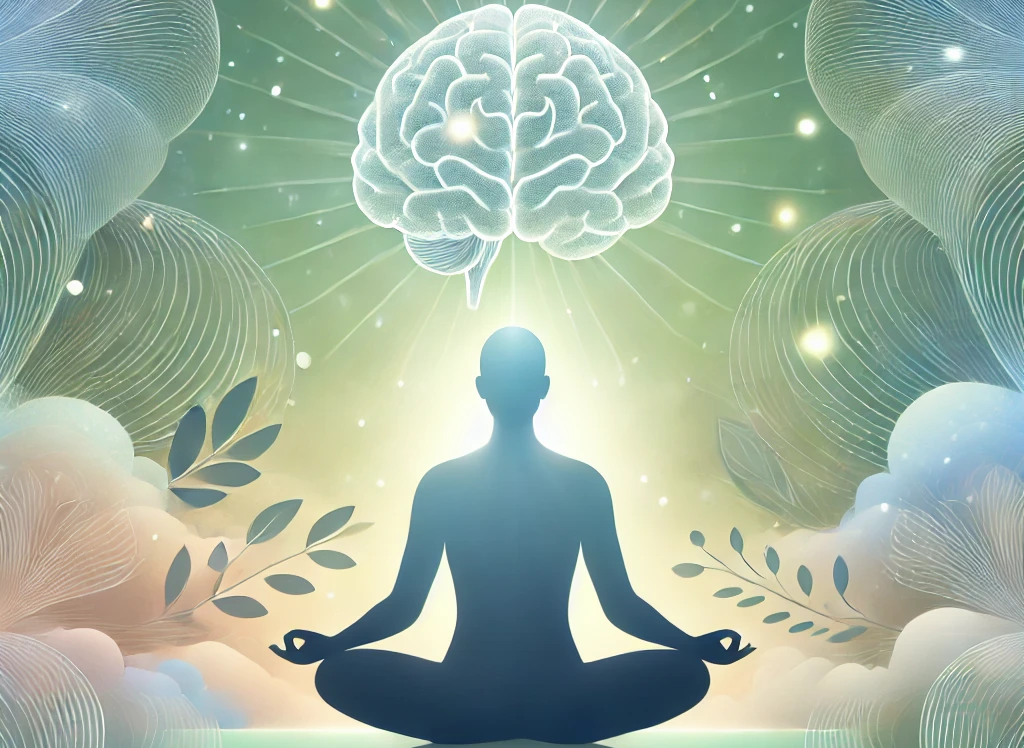RELATIVE PROSPECTS OF NEUROLOGICAL EFFECTS ON WELLNESS AND MENTAL HEALTH OF YOUNG SCHOOL-GOING STUDENTS
Abstract
The neurological development of children and adolescents has a profound impact on their mental health and overall well-being. This paper investigates the relative prospects of neurological influences on wellness and mental health in school-going students aged 6–18 years. Using a mixed-methods design, this research integrates neurodevelopmental screening tools, wellness assessments, cognitive load indicators, and qualitative interviews with students, teachers, and parents. Findings reveal strong correlations between executive functioning, emotional regulation, academic pressures, and mental health symptoms such as anxiety and attention disorders. The paper underscores the need for education systems and families to understand neurological development's role in psychological resilience and recommends integrated mental health interventions within schools.
Downloads
References
Blakemore, S. J. (2012). Development of the social brain in adolescence. Journal of the Royal Society Interface, 9(76), 1044–1050. https://doi.org/10.1098/rsif.2011.0282
Casey, B. J., Tottenham, N., Liston, C., & Durston, S. (2005). Imaging the developing brain: What have we learned about cognitive development? Trends in Cognitive Sciences, 9(3), 104–110.
Giedd, J. N. (2004). Structural magnetic resonance imaging of the adolescent brain. Annals of the New York Academy of Sciences, 1021(1), 77–85.
National Institute of Mental Health (NIMH). (2020). Child and Adolescent Mental Health. Retrieved from https://www.nimh.nih.gov/health/topics/child-and-adolescent-mental-health
OECD. (2019). Trends Shaping Education 2019. OECD Publishing.
Paus, T., Keshavan, M., & Giedd, J. N. (2008). Why do many psychiatric disorders emerge during adolescence? Nature Reviews Neuroscience, 9(12), 947–957.
Siegel, D. J. (2015). Brainstorm: The Power and Purpose of the Teenage Brain. TarcherPerigee.
UNICEF. (2021). The State of the World’s Children 2021: On My Mind – Promoting, protecting and caring for children’s mental health. https://www.unicef.org/reports/state-worlds-children-2021
WHO. (2021). Adolescent mental health. World Health Organization. https://www.who.int/news-room/fact-sheets/detail/adolescent-mental-health
Zelazo, P. D., & Carlson, S. M. (2012). Hot and cool executive function in childhood and adolescence: Development and plasticity. Child Development Perspectives, 6(4), 354–360.

Copyright (c) 2025 Kosheen Baliya

This work is licensed under a Creative Commons Attribution 4.0 International License.














